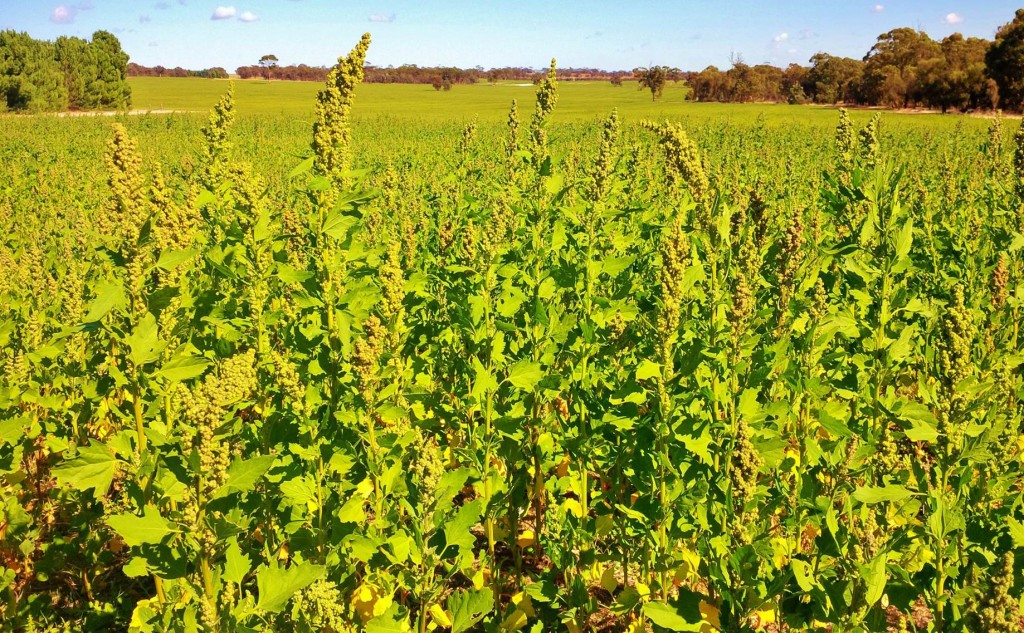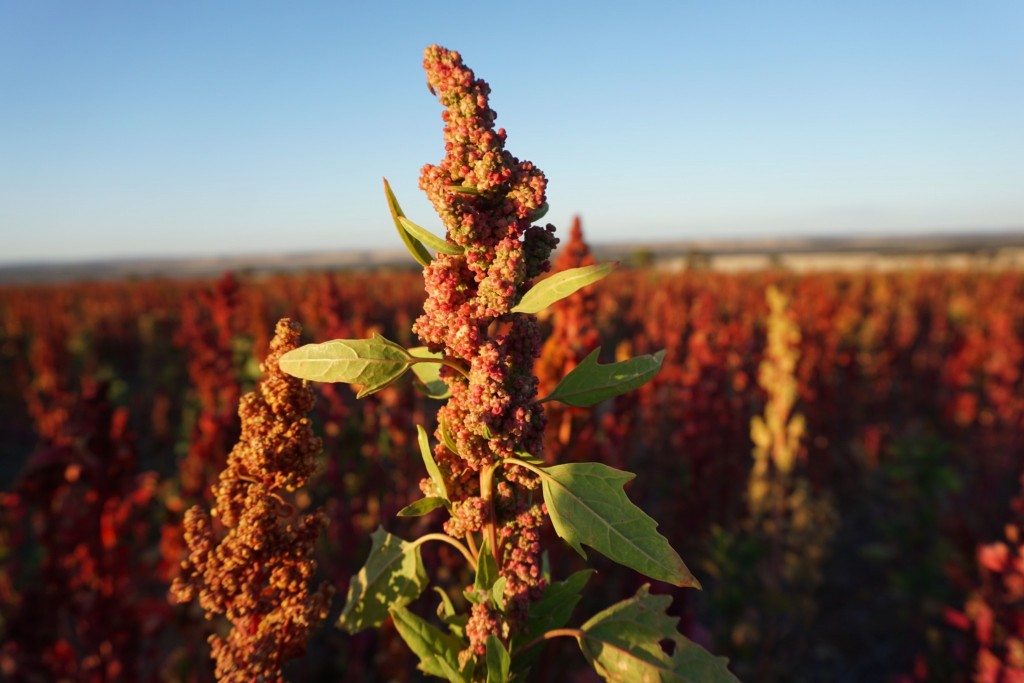It doesn’t seem to take much for a fruit, vegetable, seed or grain to have ‘superfood’ attached to it. Seems easy enough when there’s marketing value in it and no-one knows what you meant in the first place!
 While quinoa qualifies by any measure, it’s best to begin by defining what we’re on about.
While quinoa qualifies by any measure, it’s best to begin by defining what we’re on about.
The simplest definition we can think of for a superfood is a raw and natural ingredient that packs a nutritional punch well above its weight when compared with other or similar foods. This could be based on a single nutritional benefit (super-high in protein, for example) or its overall nutritional benefit across a range of vitamins, minerals and desirables.
So, superfood = superior nutritional benefit.
Always be aware of how much of a particular superfood you have to eat to derive the nutritional benefit that’s being promoted, too. Vegetable X may well give you 30 grams of protein, but if you need to eat 2 kilograms of the stuff to get there, your enthusiasm might wane a little. It has to be a reasonable level of consumption.
Back to quinoa. Let’s clear up something to begin: it’s a seed, not a grain. Given it’s eaten and prepared as a grain, though, it’s commonly referred to as a grain. Technically, it’s a pseudo-cereal. The Inca Empire called it the ‘mother of all grains’ so it’s long received praise as a grain…even though it’s a seed.

In 2013, quinoa was celebrated for an entire year. Seriously. The Food and Agriculture Organisation of the United Nations officially declared 2013 as ‘The International Year of Quinoa’. It’s clearly a big deal!
Quinoa is a superfood for all the right reasons. Consumed in reasonable portions, it delivers extraordinary nutritional benefits.
It is an exceptional anti-inflammatory. It contains a long list of anti-inflammatory phytonutrients that considerably reduce inflammation related problems.
We’re just warming up…
Quinoa is high in protein (14 grams per 100 grams) – double the amount you’ll find in rice and barley. It’s gluten free. It’s an excellent source of calcium, manganese, and magnesium. It has strong levels of several B vitamins, vitamin E, and dietary fibre.
Quinoa can be used as a cereal for breakfast, a salad for lunch and a side for dinner.
It is among the least allergenic of grains (pseudo-cereal that it is!) and, with all nine essential amino acids on board, is a complete protein source.
It has a low Glycemic Index, and it’s loaded with anti-oxidants. It increases the feeling of fullness (also handy if you’re trying to lose weight!).
The biggest deal about quinoa (and perhaps the main reason it took out the title back in 2013) is its overall nutritional value: specifically brilliant, generally super!
Yes, it’s super alright. What makes it more super, though, is how easy it is to incorporate into your diet at the quantities required to enjoy the nutritional benefits it offers. Not a spoonful on your cereal or in your smoothie, but an entire meal: breakfast lunch or dinner.
